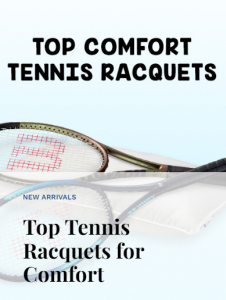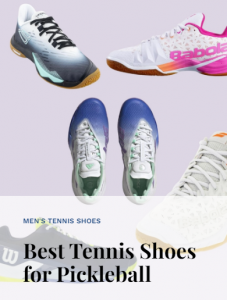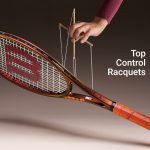When choosing a pickleball paddle, the face is more important than you might think. Beyond looking stylish, did you know that the paddle’s hitting surface can affect the way you play the game? With such a wide variety of paddles, picking the right one can feel daunting. To complicate things, paddle surfaces made from different materials have different properties. So what are these surfaces, and how can they affect your game? Join us as we look at the faces of pickleball paddles and how to find the best pickleball paddle surface for your play style.
Carbon-Based Surfaces
Broadly speaking, pickleball hitting surfaces can be divided into 2 categories: carbon-based and composite. Graphite and carbon fiber are materials that fall into the carbon-based category. While they’re both made from carbon, there are minute differences between the two. Graphite is made by tightly packing carbon, whereas carbon fiber uses sheets of layered thread-like material. The engineering behind carbon-based materials allows them to punch well above their weight class in durability. Because of this, graphite and carbon fiber paddles are renowned for their ability to absorb energy when hitting the ball to give more control and consistent shots.
Graphite paddles are often made using a thin layer of graphite, which keeps them lightweight, easy to swing, and control. This makes them a popular choice for beginners and seasoned players alike. They’re a very well-rounded paddle and make a good starting point as a first pickleball paddle. Carbon fiber is like an extreme version of graphite, with recent developments taking the market by storm. Of these new technologies is “raw” carbon, which foregoes the use of special coatings on top of the surface. By making use of the carbon fiber’s innate gritty texture, raw carbon paddles grip the ball longer on contact to impart more spin.
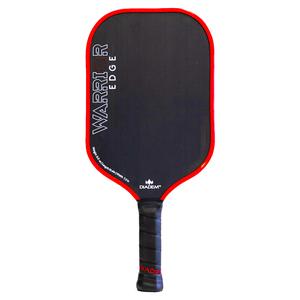

Features of carbon paddles:
- Solid, lightweight, and durable
- Energy absorption makes shots more consistent
- High potential for spin, especially with “raw” carbon
Composite Surfaces
Most commonly refers to fiberglass hitting surfaces. While carbon is known for its stiffness, fiberglass is notable for its flexibility. Make no mistake, though, fiberglass is still an incredibly durable material. Fiberglass creates a rebounding effect when hitting the ball. This translates to more power on your shots, though at the cost of some consistency. The sweet spot on fiberglass is smaller compared to other paddle types, requiring more precision on the player’s end. However, if you’re confident in your technique and like hard-hitting, aggressive play, then fiberglass is a perfect fit. Composite paddle types might also layer carbon on top of fiberglass to combine their properties. In theory, this creates a paddle with a more consistent sweet spot that’s capable of hitting hard while applying spin.

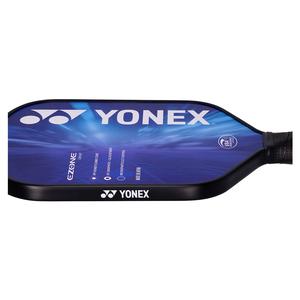
- Flexible and durable with high energy returns
- Generate more hitting power through the trampoline effect
- Can be multilayered to balance power and control
There is no right or wrong answer when choosing the right pickleball paddle surface, it will come down to preference and play style. All things considered, not even the fanciest equipment will help if you don’t know how to play. Now that you know which type of paddle suits you, be sure to check out our How to Play Pickleball For Beginners video if you haven’t already. Until then, stay updated with the Tennis Express blog and other media for the latest in tennis and pickleball.
For More:


